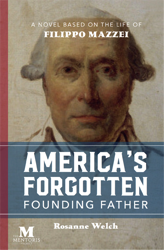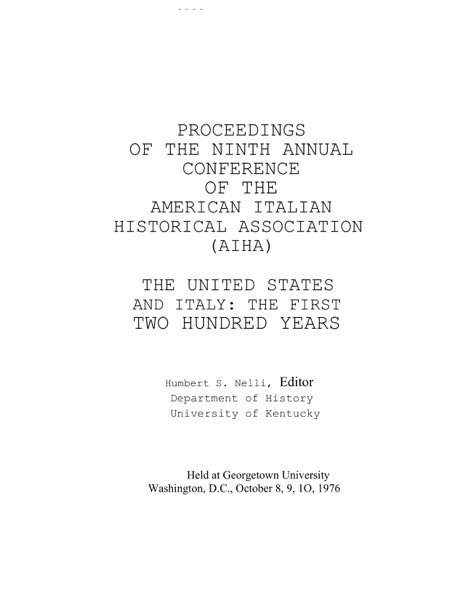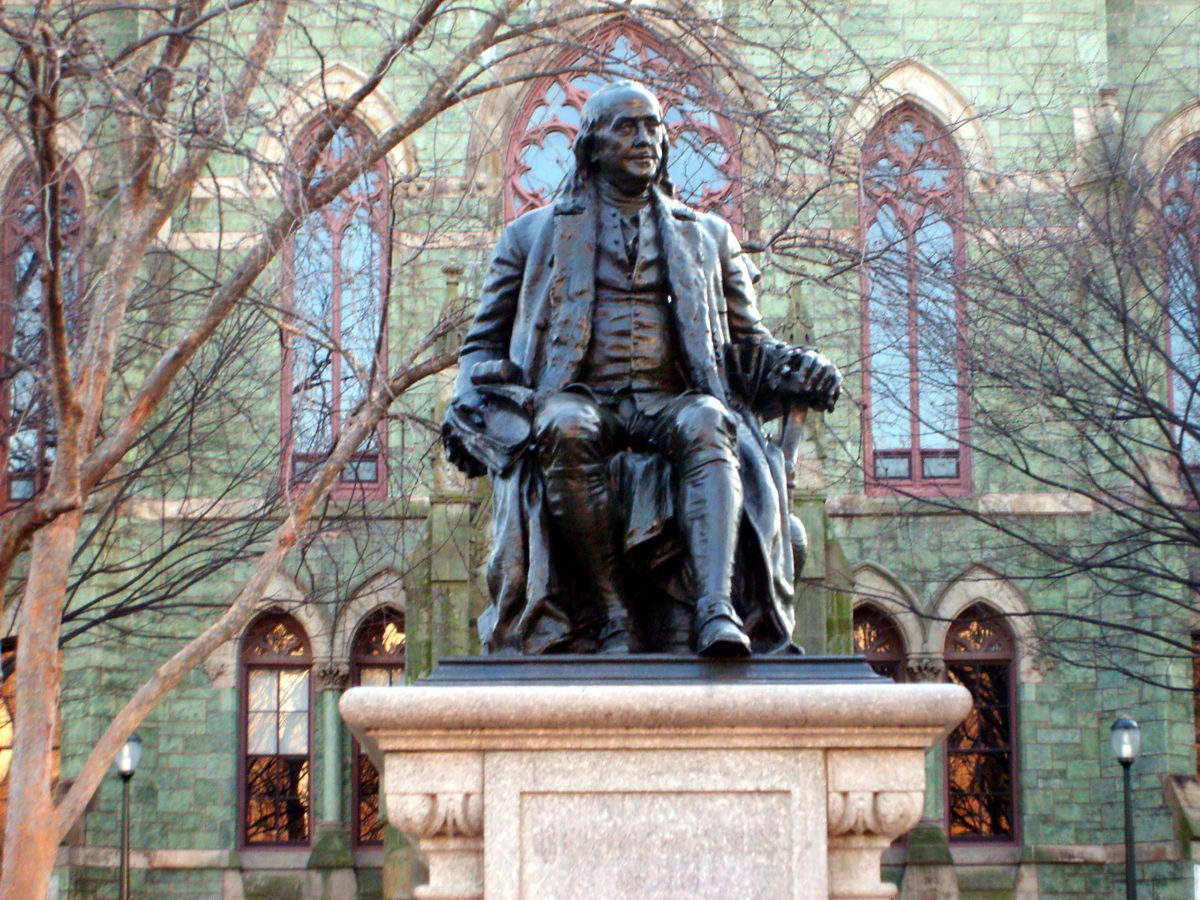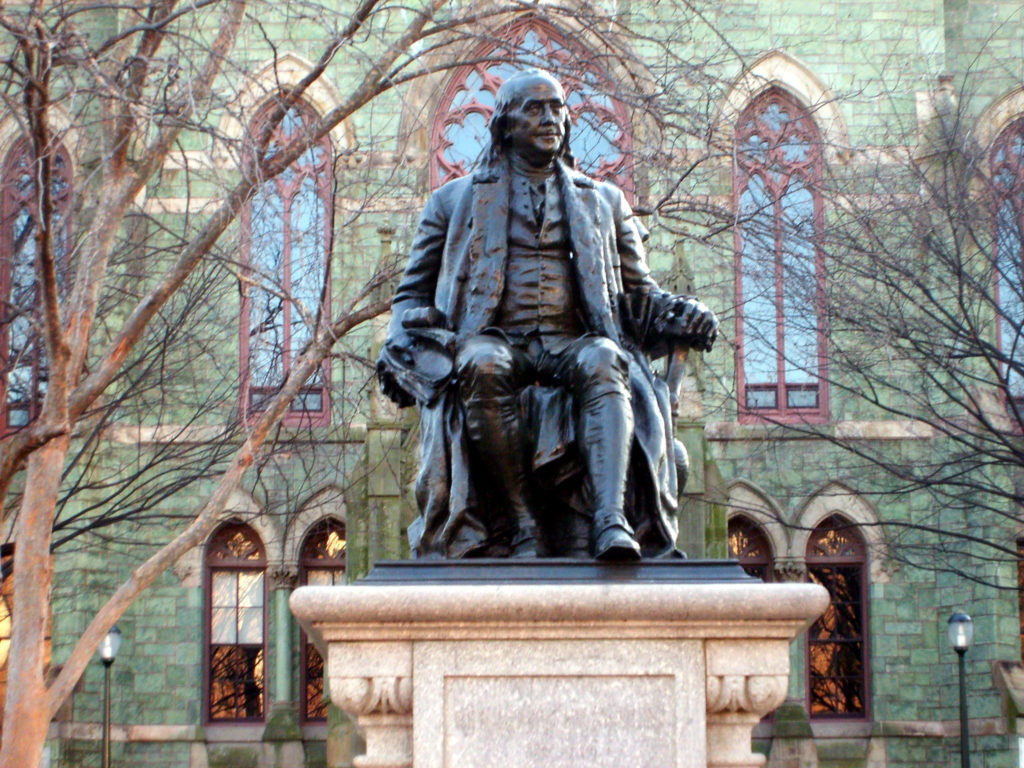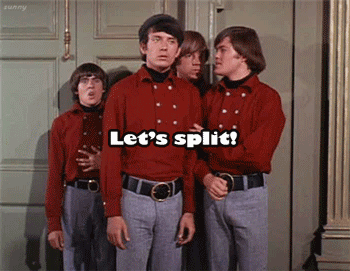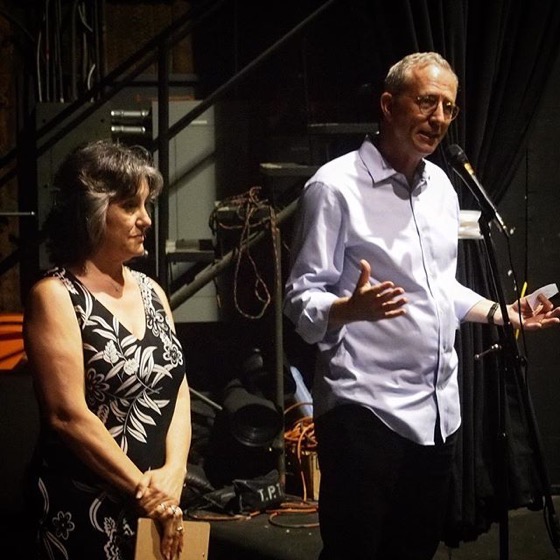
When Women Wrote Hollywood – 24 in a series – Lorna Moon (Nora Helen Wilson Low)
Lorna Moon (born Nora Helen Wilson Low; 16 June 1886 – 1 May 1930[1]) was a Scottish author and screenwriter from the early days of Hollywood.
An anecdote tells how she contacted Cecil B. DeMille and offered a critical appraisal of the screenplays of the day. He challenged her to come to Hollywood and write them herself if she thought she could do better; and by 1921 she did just that, working as a script girl and screenwriter. During her career in Hollywood she had a third child by Cecil B. DeMille’s brother William. This child, Richard, grew up unaware of his mother’s identity; in later years he discovered his parentage and wrote the memoir My Secret Mother, Lorna Moon.[2] Lorna Moon contracted tuberculosis and died in a sanatorium in Albuquerque, New Mexico, in 1930, aged 44.— Wikipedia
More about Lorna Moon
- Read more about this screenwriter in When Women Wrote Hollywood
- Like When Women Wrote Hollywood on Facebook
- Lorna Moon on Wikipedia
- Lorna Moon on IMDB
- Lorna Moon at the Women Film Pioneers Project
Buy a signed copy of when Women Wrote Hollywood
Paperback Edition | Kindle Edition | Google Play Edition
* A portion of each sale from Amazon.com directly supports our blogs
** Many of these books may be available from your local library. Check it out!
† Available from the LA Public Library
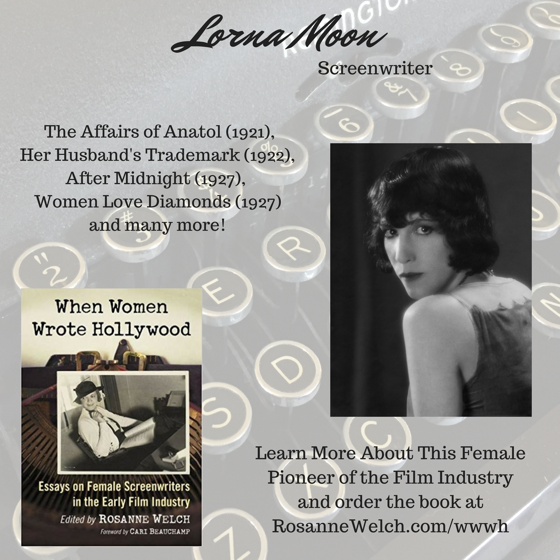
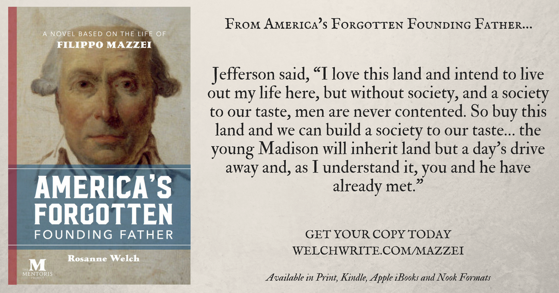
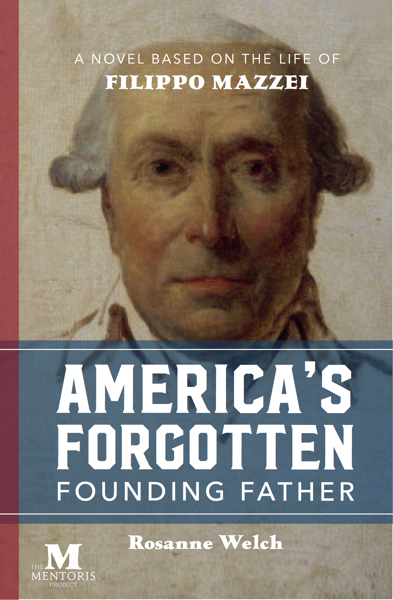












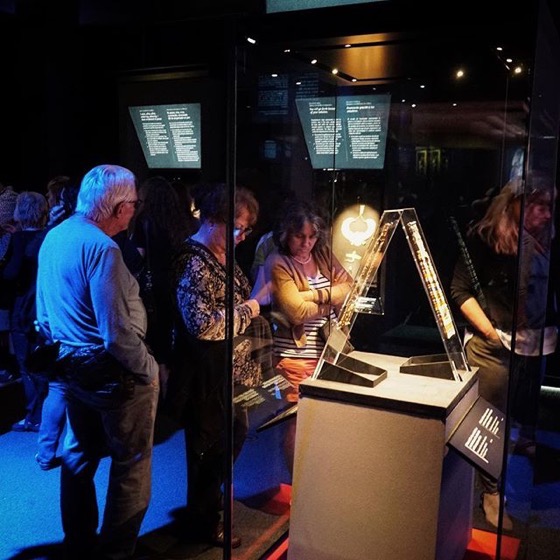



![Toni Anita Hull, Author of “Anita Loos: A Girl Like Her” from “When Women Wrote Hollywood” [Video] (2:42)](https://rosannewelch.com/wp-content/uploads/2018/08/w3h-hull.jpeg)
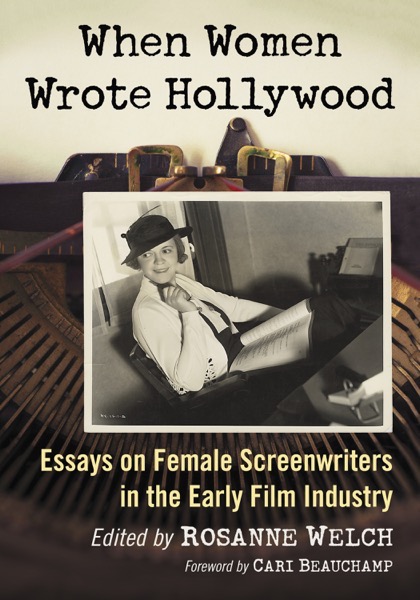
![26 Martha Jones from Gender Diversity in the Who-niverse [Video] (1:01)](https://rosannewelch.com/wp-content/uploads/2018/08/gender-dw-26-martha.jpeg)
